Mechanical Lifts
This type of patient lift uses a crank to lift and lower patients safely. Manual lifts do not require batteries or power. These hoists do not require much energy due to the gearing mechanisms they employ but do require cranking.
Examples:
Electric Lifts
Powered lifts are also referred to as electric or battery lifts. They use an electric motor that is either DC/battery-operated or AC-operated. Battery-powered lifts are rechargeable from an AC outlet. These are larger, but there are also smaller ones, offering easy portability from room to room.
Examples:
Sit-to-Stand Lifts
This patient lift serves as an aid in transitioning the patient from a sitting to a standing position. Sometimes referred to as "Stand-Up lifts" these devices use straps or belts. The individual uses their own strength to pull themselves up into position. Most have minimal width to allow passage through narrow doorways. Most of these are smaller and weigh less than a standard lift.
Examples:
Heavy Duty Lifts
Also known as bariatric lifts, they are designed to accommodate individuals weighing more than 500 pounds. They are constructed with heavy gauge steel and built extra wide. The casters are larger and stronger to support heavier loads, too. Some fold for easy storage and come equipped with a 6-point cradle for increased stability.
Examples:
Patient Floor Lifts
When a patient falls on the floor and doesn't have the physical strength to get up, a portable lifting cushion is there for these emergency situations. These floor lifts use a battery-powered compressor to inflate the individual compartments that gradually lift the patient to a seated position without straining the caregiver. Caregivers are vulnerable to back, neck, and shoulder injuries from repeated lifting. Mangar created these emergency floor lifts to prevent injuries to the caregiver and prevent patient injury when the patient is left on the floor for too long. The cushions also support a large weight capacity to use on bariatric patients.
Examples:
Bath Lifts
Waterproof bath lifts assist mobility-impaired individuals to get in and out of a bathtub. They are often placed into the tub with suction cups on the bottom to keep the lift in place. The patient sits on the bath lift and is easily lowered into or out of the tub. Many of these bath hoists are portable and disassemble/assemble without tools. Upon disassembly, they are easily stored out of the way until needed.
Examples:
Wheelchair Lifts
These are mini elevators that allow a wheelchair patient to go from one level to the next. They are used to traverse difficult pathways, platforms, or porches. These hoisting devices use electrical power to operate and require regular maintenance. They are usually controlled by an electrical control box or a remote. Another type of wheelchair lift is a wheelchair transfer device that lifts the individual off or on a wheelchair seat. Wheelchair lifts provide for a smoother and easier transition from or to a wheelchair. This type of lift requires very little maintenance.
Examples:
Pool Lifts
Disabled or handicapped individuals who want to get in and out of a swimming pool can use a waterproof, pool side lift. The Americans With Disabilities Act (ADA) specify the requirements for these lifts.
Examples:
Lift Slings
Lift slings to hold and stabilize the individual during the lifting process. Slings connect to the cradle to directly support the patient. Selecting the right sling depends upon the type of hoist your are using and the size of the patient. More detailed information can be viewed at Patient Lift Slings.
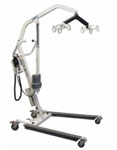
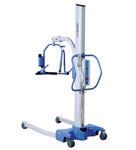
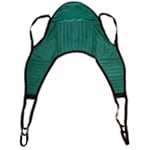
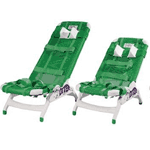
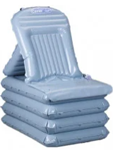
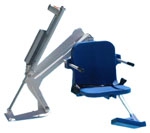


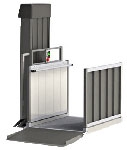

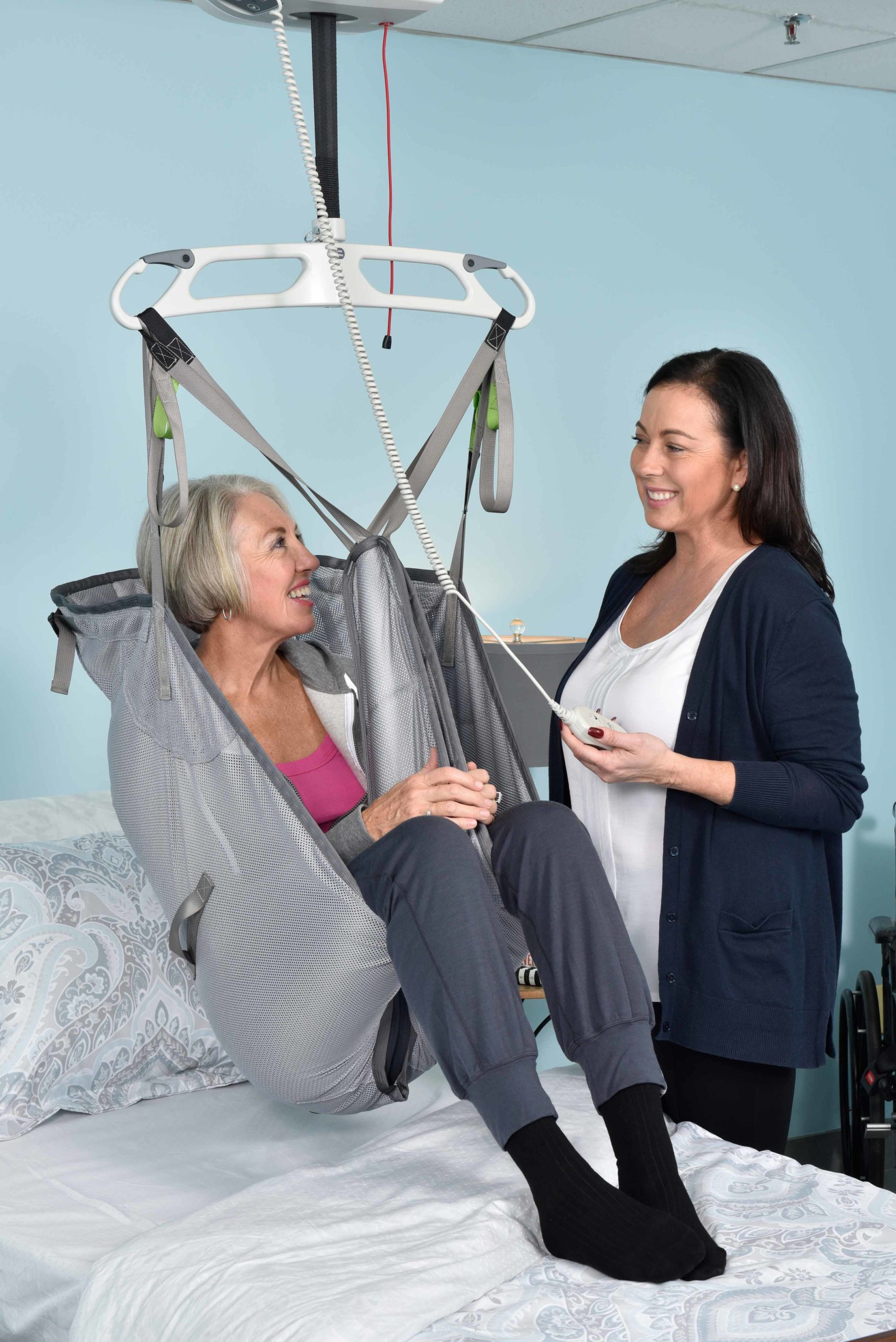



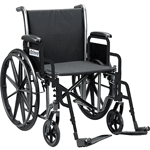
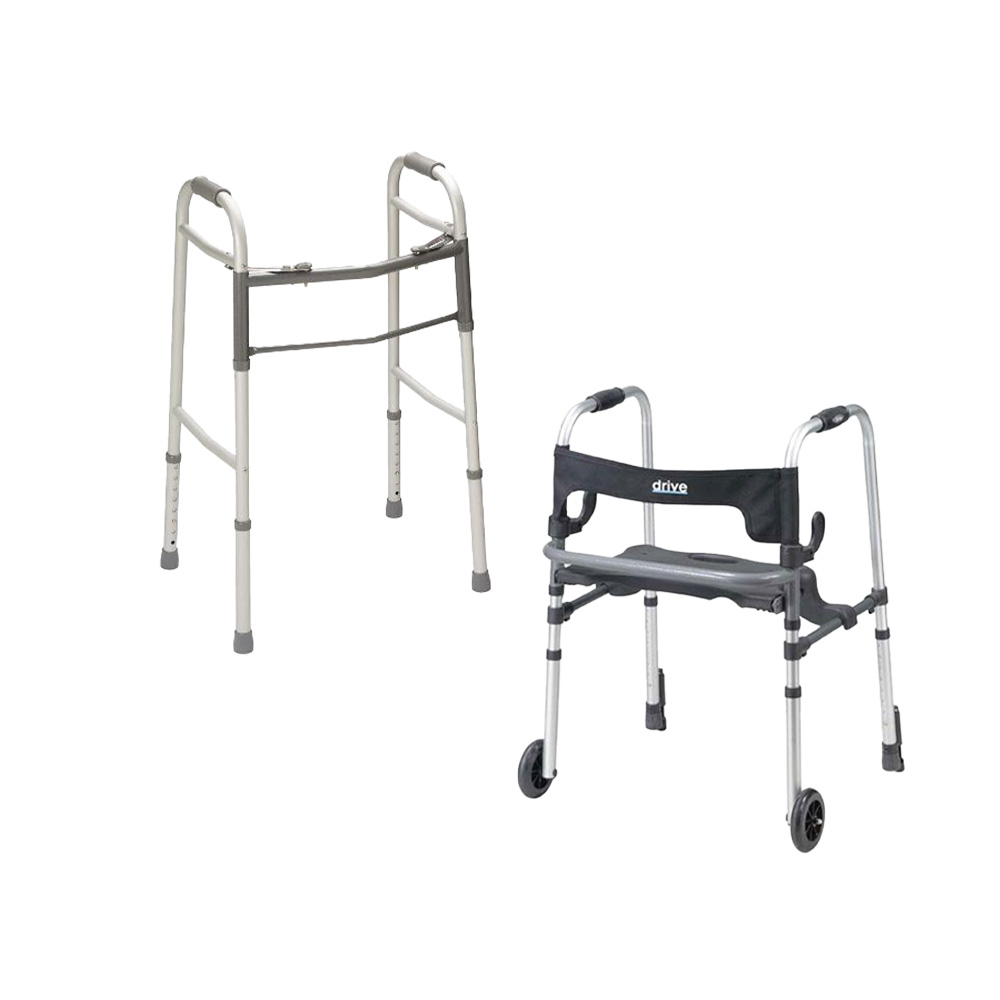
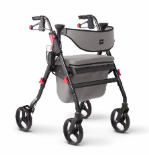
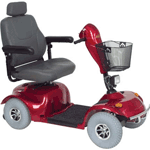
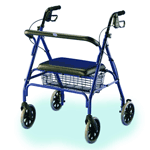
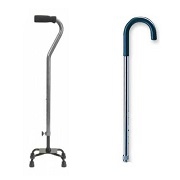
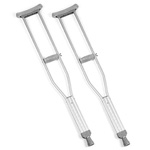

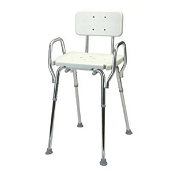
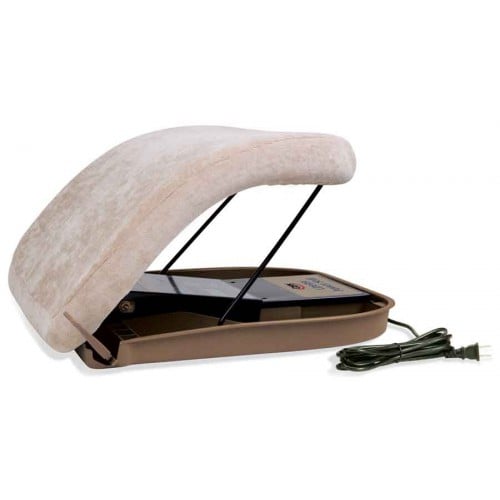
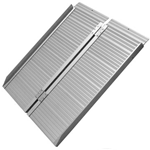
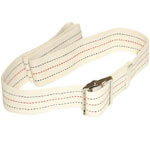
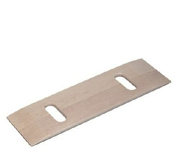
Login and Registration Form